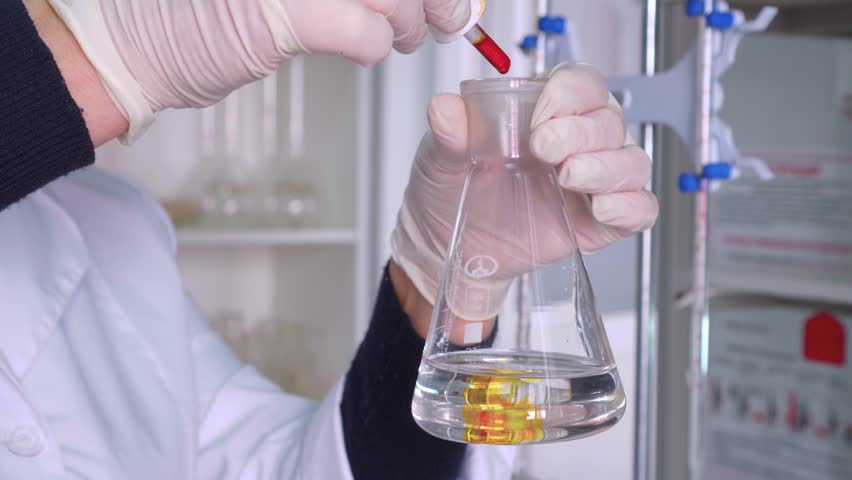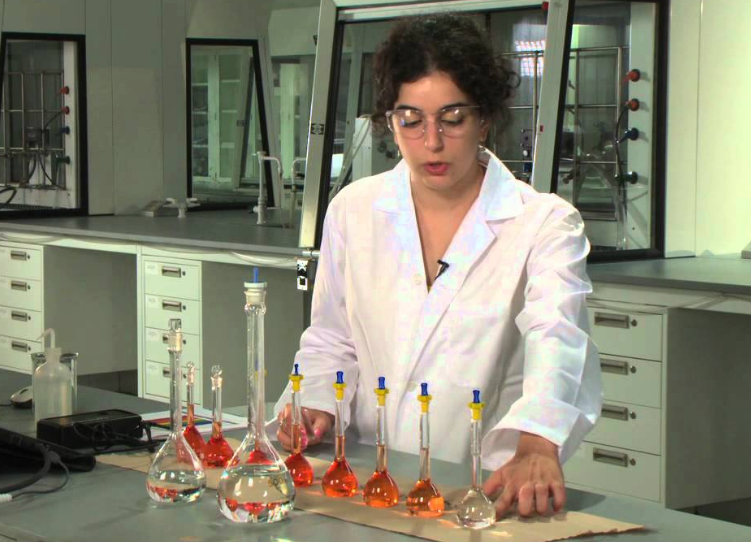Chromium usually exists in water polluted by industrial wastewater such as electroplating, smelting, tanning, textile and pharmaceutical industries. Generally, chromium exists in water in the form of trivalent and hexavalent. Hexavalent chromium is more toxic than trivalent chromium and has carcinogenic hazard. Therefore, the content of hexavalent chromium in drinking water should not exceed 0.05mg/l. Generally, specific parameters of chromium in water can be detected by spectrophotometry and atomic absorption spectrometry.

Determination of hexavalent chromium by Spectrophotometry
Diphenylcarbazide (DPCI) is often used as the developer in the spectrophotometric determination of Cr (VI). Under the condition of slight acidity (1.0mol/lh2so), a purplish red complex was formed. The maximum absorption wavelength is 540nm. The content of hexavalent chromium can be measured by standard curve method or related water quality detection instrument.Factors affecting the detection of hexavalent chromium in water
Generally, low valence mercury ion Hg + and high valence mercury ion Hg2 + can react with DPCI to form blue or blue purple complexes. However, under the controlled acidity conditions in this experiment, the reaction sensitivity is not enough, so we should pay more attention to it.When the concentration of iron is more than 1mg / L, it is easy to form yellow compound with reagent, which will interfere with the determination of hexavalent chromium. The analyst should pay special attention to the elimination of interference by adding h1po4 and Fe3 + in the analysis.
In addition, pentavalent vanadium V + reacts with DPCI to form a brownish yellow compound, but the compound is very unstable. Generally, the color will fade automatically after 20 minutes, so you can not consider it. However, a small amount of Cu2 +, Ag and au2 may interfere with the determination.
If the content of molybdenum in water is less than 100mg / L, it will not affect the determination. In addition, the specific reducing substances in water will not interfere with the determination.

Problems needing attention in detection of hexavalent chromium
1. Before water quality test, all experimental glassware should be cleaned. It is necessary to note that potassium dichromate can not be used. Nitric acid or sulfuric acid can be used for washing. After cleaning, pure water should be used to clean. In addition, it is necessary to ensure that the surface and inner wall of the glassware are smooth and complete, and there are no scratches on the inner wall, so as to prevent chromium from being absorbed by the inner wall surface.2. There are two concentrations of chromium standard solution in the detection, among which 1 μ g / ml hexavalent chromium standard solution is suitable for low concentration water quality samples, and another concentration of chromium standard solution is needed for high concentration water quality samples.
3. When diphenylcarbazide reacts with hexavalent chromium, the acidity should be controlled at 0.05-0.3mol/l. Among them, when the acidity is 0.2mol/l, the color rendering effect is the best.



